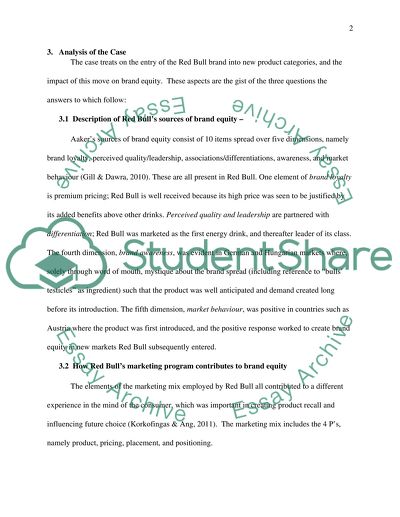Cite this document
(“RED BULL Assignment Example | Topics and Well Written Essays - 1250 words”, n.d.)
Retrieved from https://studentshare.org/marketing/1486317-case-analysis
Retrieved from https://studentshare.org/marketing/1486317-case-analysis
(RED BULL Assignment Example | Topics and Well Written Essays - 1250 Words)
https://studentshare.org/marketing/1486317-case-analysis.
https://studentshare.org/marketing/1486317-case-analysis.
“RED BULL Assignment Example | Topics and Well Written Essays - 1250 Words”, n.d. https://studentshare.org/marketing/1486317-case-analysis.


